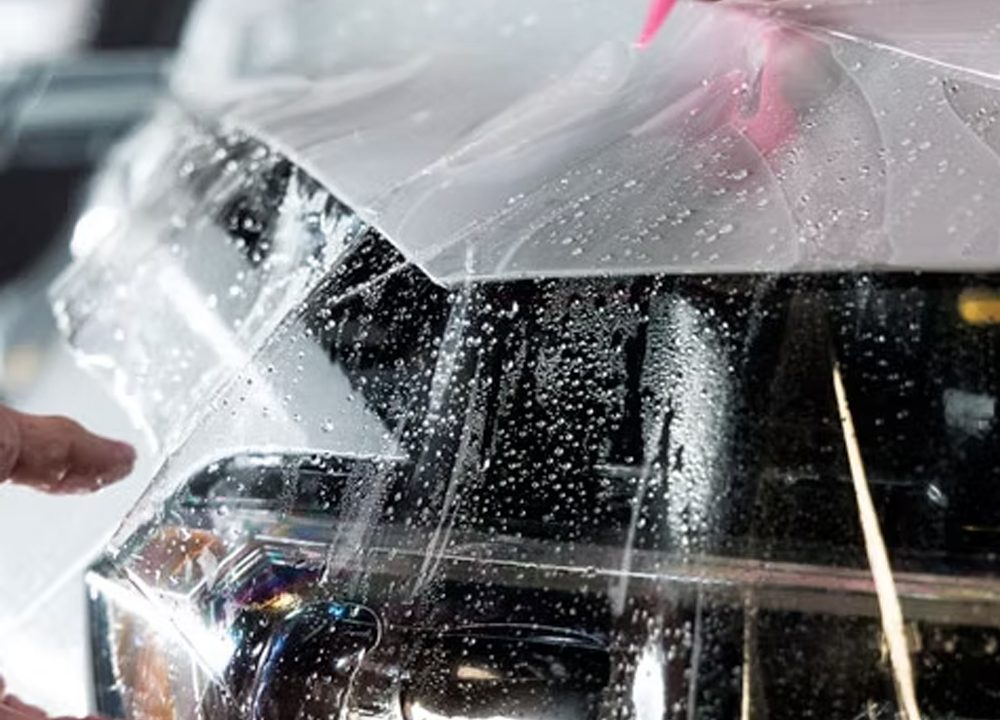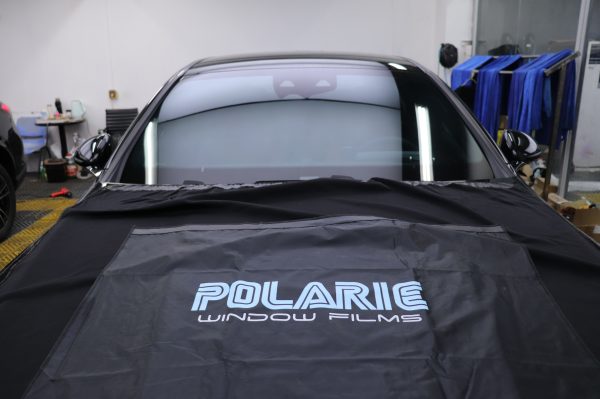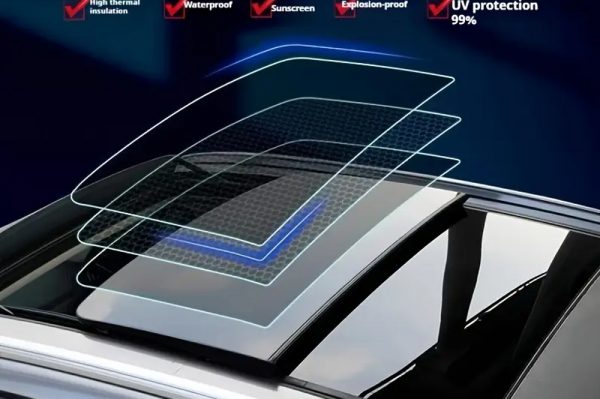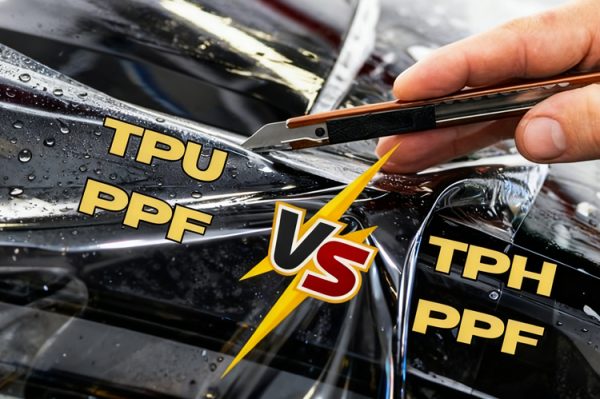
Introduction
Vehicle wraps and paint protection films (PPF) are becoming increasingly popular for personalizing and protecting cars. With hundreds of colors, finishes, and textures available, DIY car wrapping is tempting. But is it really worth the risk? In this article, we’ll explore why people wrap their cars, why DIY is appealing, and what you should know before attempting it.
1. Why Apply a Car Wrap or PPF?
- Paint Protection
PPF shields your car from scratches, rock chips, UV damage, and minor dents, keeping the original paint in pristine condition. - Personalization
Car wraps allow endless color, finish, and design options without permanent paint changes. - Resale Value
Protecting the original paint helps maintain your car’s resale value. - Temporary Designs
Wraps can be removed or changed, ideal for promotional campaigns or seasonal designs.
2. Why DIY Seems Attractive
- Cost Savings: Doing it yourself can save hundreds to thousands of dollars in labor costs.
- Creative Control: DIY allows full control over colors, textures, and patterns.
- Learning & Challenge: Car enthusiasts enjoy the hands-on experience.
- Fun & Satisfaction: Completing a DIY wrap gives a sense of accomplishment.
3. Risks and Challenges
- Surface Preparation – Dirt, scratches, or wax residues reduce adhesion and finish quality.
- Complex Curves & Corners – Doors, bumpers, mirrors, and fenders are difficult to wrap without bubbles or tears.
- Heat & Tools – Professional-grade heat guns and squeegees are necessary.
- Time & Patience – Full-car DIY can take 15–40 hours for beginners.
- Resale & Warranty Risks – Improper application may damage paint or void warranties.
4. Advantages of Professional Wraps
- Perfect Finish: Professionals can handle curves and edges for seamless results.
- Long-Term Protection: PPF + wrap prevents scratches, stone chips, and UV damage.
- Time-Saving: Full car wraps are completed in 1–3 days.
- Warranty & Support: Reputable shops offer material and installation warranties.
5. Tips Before DIY
- Choose high-quality vinyl with good adhesion and stretchability.
- Work in a clean, dust-free environment.
- Practice on small panels first.
- Consider partial DIY or professional guidance.
Conclusion
DIY car wrapping can be fun and cost-saving, but it carries significant risks—bubbles, tearing, misalignment, and potential paint damage. For small accents or creative experiments, DIY is viable. For full-car wraps, especially on luxury or high-value vehicles, professional installation is safer and more reliable.
Check out our [car wrap gallery] or request a free sample of vinyl colors today!




